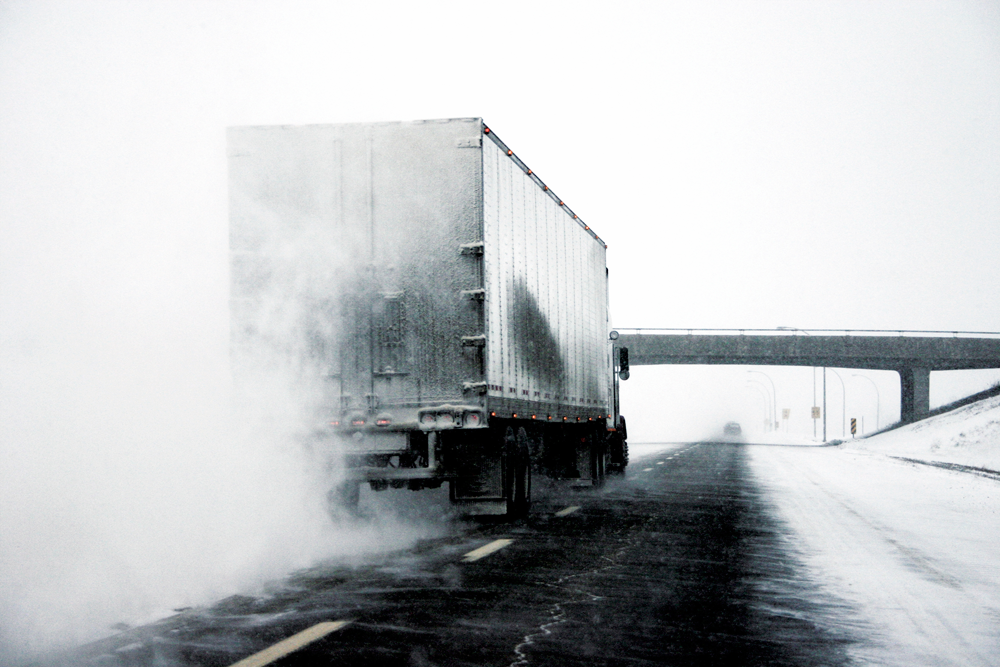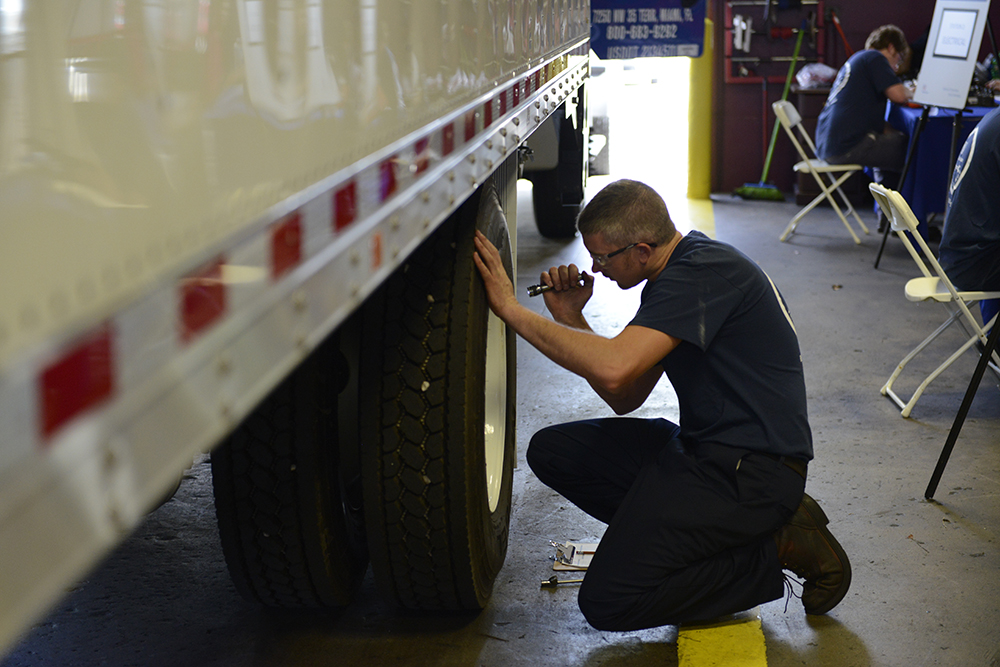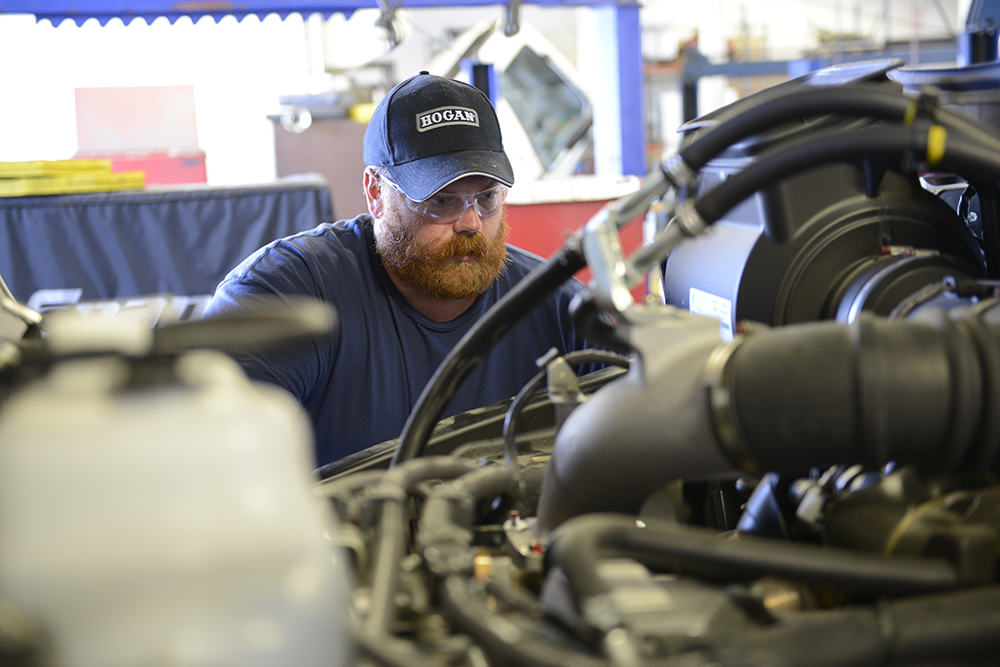You can’t control the weather, but you can control how you prepare for it by making sure that every vehicle in your fleet is in the best condition possible. Breakdowns can happen no matter how well prepared you are, but mitigating the likelihood is actually easier than you might think.
Top 10 tips to preparing your fleet for winter:
- Choose the right diesel fuel – Diesel contains paraffin, which causes fuel to gel as temperatures drop. Check the cetane rating at the pump; the higher the number, the easier your truck will start in winter months. Make sure to fill up with that blend if you’re going to be traveling into cold weather. Also, anti-gel additives can be used during winter months. Check with your engine manufacturer to get recommendations on fuel treatment, as some can cause damage to high-pressure common rail injection systems. Be careful to use the correct amounts to get the blend ratio just right.
- Check your water separator daily – Diesel fuels have water suspended in the solution. The water comes from condensation which forms on the inside of a cold fuel tank that has warm fuel. To minimize the risk, check your water separator daily.
- Test your coolant system – You should do this before the cold weather starts. But if you haven’t done it already, make sure your local service provider performs a comprehensive winterization inspection of the cooling systems. A coolant test will make sure your coolant is at the optimum freezing point protection for your needs. The inspection should also include the radiator, hoses, belts, and coolant filter replacement.
- Use an electric-powered block heater when the truck is parked – Diesel engines are harder to start than vehicles that run on gasoline because of the diesel engine’s need for higher cylinder temperatures and cold engine oil. That’s why, when the vehicle is parked for any length of time in cold weather, you should use an electric-powered block heater to minimize cold starting conditions.
- Perform air-dryer maintenance – The air dryer is designed to remove moisture and contaminants from entering the vehicle air system, including the brake system. Drain the moisture from air tanks routinely to help prevent water from freezing in the lines and contaminants from entering air valves. Excessive moisture can be an indication of an air dryer malfunction or bad filter. Air dryer maintenance is imperative and should be maintained according to the interval schedule listed in the owner’s manual.
- Check battery age and life cycle and do proper maintenance – Cold engines are harder to turn, which requires more power from the battery. Cranking a cold engine increases amperage draw and decreases voltage – not a good combination if your battery is not fully charged. So check the battery frequently.
- Battery life – Battery life is greatly affected by temperatures, vibration, and the amount of deeper discharge cycles. The deeper the battery discharge and the greater the number of discharges, the shorter the battery life. Also, keep in mind, a discharged battery can start to freeze around 32 degrees, but a fully charged battery will only start to freeze at very cold temperatures. So keep those batteries charged.
- Allow for reduced PSI due to cold weather and inflate tires accordingly – Underinflated tires carry less weight, wear faster, and generate more heat, thus changing the footprint. This is one of the major causes of tire failure. However, don’t go too much the other way and overinflate tires as that can increase impact breaks and road debris damage. You need to get tire pressure just right, so refer to the tire manufacturer’s data chart for the weight carried and make sure you put the right amount of air in the tires. As the temperature falls, so does the tire pressure. Make sure the tires are cool when you check them because air pressure increases when the tires heat up. Tire pressure can change some 2 psi for every 10 degrees of temperature change. Inspect the tires to make sure there are no gouges, cuts, bulges, or other irregularities.
- Perform preventive maintenance – Regardless of the weather, you should always follow the OEM’s recommended maintenance schedule. Even if you follow all of the steps listed above, breakdowns can still happen as the treacherous winter conditions proved last week.
- Select a breakdown service provider that will be there whenever you need them; one that has your servicing area covered, experienced technicians, and 24/7/365 service available





